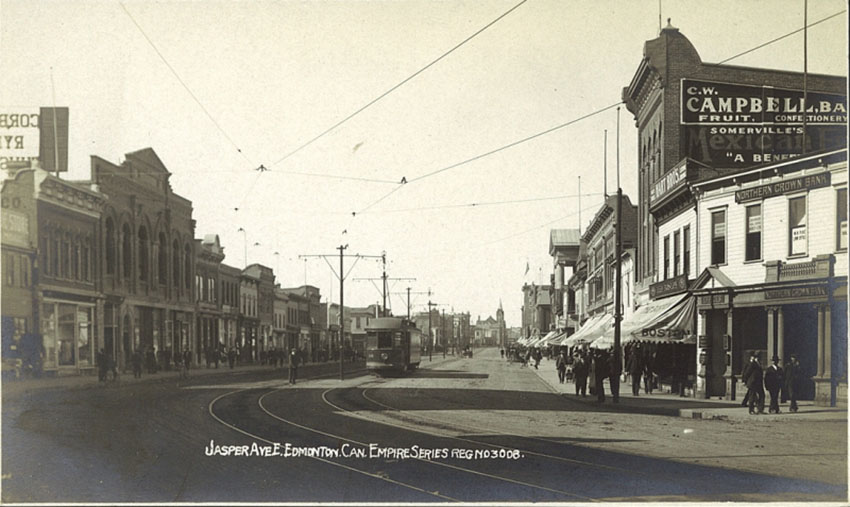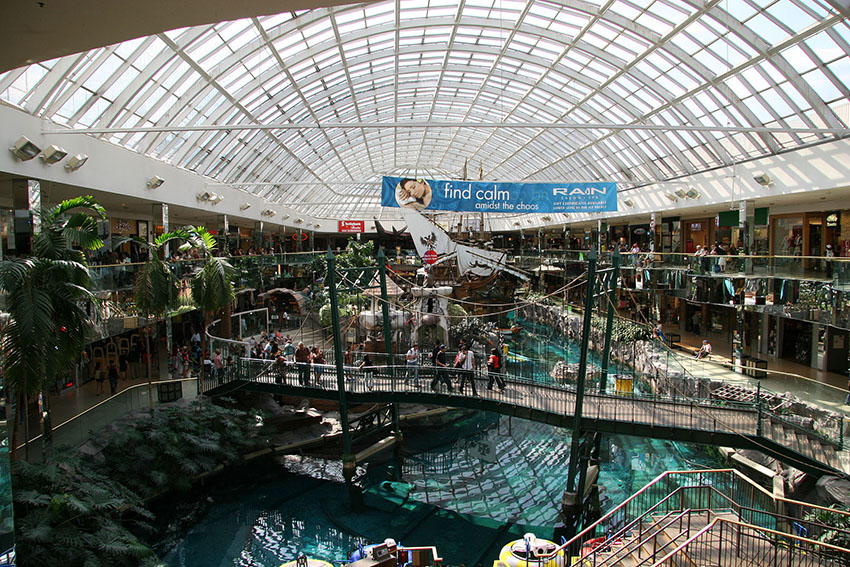History Of Edmonton Alberta Canada
Earliest Possible Human Settlers in Edmonton (12000BC-18th century)
The beginning of human civilization dates back to 3000BC or maybe 10,000 BC in today’s fifth largest metropolitan area of Canada known as Edmonton, Alberta. This period was known as the Ice Age. Life became possible here because the land was free from ice. Water was available and because of that, wildlife began to spawn for hunting.
Appearance of Europeans (18th century-19th century)
It is believed that, Anthony Henday was thefirst ever European to have set foot on the
land in 1754. He worked for a company named Hudson’s Bay Company as an explorer.
He was best known for his efforts to interact with the aboriginal people of Canada
for the need of fur. During this time is when groups of settlers started living together
on Edmonton land.
Fort Edmonton and Trade
Europeans started their permanent base on the land in the year 1795 when Fort Edmonton was built. The fort has been named after the town of Edmonton in Great Britain. The credit of naming the fort goes to John Peter Pruden. The city of Edmonton was the birth place of John and the deputy Governor of Hudson’s Bay Company. The sole purpose of the fort was to act as the trade centre for the Hudson’s Bay Company around a time when the company faced business hardship due its competitor North West Company.
Period Between 19th Century and 20th Century
For the first time, the year 1871 witnessed the construction of a private building
near Fort Edmonton. This was a big step in the start of the formation of the city that is now the capital of Alberta. In the succeeding year, the newspaper bearing the official name Edmonton was announced.
Era of Edmonton Merging Railroads Through To Allow Business and The Agriculture Industry To Boom
The year 1885 brought change in the economy of Edmonton with the arrival of Canadian pacific railway in Southern part of Alberta. This was massive because it helped the city become a hub for business and agriculture. In the year 1891, the passage of railway lines was established by Calgary and Edmonton Railway. The increased connectivity of Edmonton with different parts of the country impressed the settlers from Britain, US and many other parts of the world. Soon the place became one of the major hubs for business and agriculture with aspiring entrepreneurs and fertile soil for farmers.
In the year 1892, the place became a home to first ever church. Two years after the construction of McDougall Church, the place was declared as a town. This could be credited to the gold rush and the city of Klondike as many travelers trained through the town to reach Klondike. Some were said to have went back to settle in Edmonton.
As soon as Edmonton was declared a town, the population started to grow steadily which helped emerge its rich culture through music and dance.
Period Between 20th Century and 21st Century
This period brought about abundant opportunities in the city. The year of 1900 is best known as the year where the town started to boom in real estate. In the year 1904, Edmonton got turned from a town to a city and the following year the city became the capital of Alberta.
In the period between 1908 and 1911, huge changes in the infrastructure of the city occurred with the construction of Alberta University, apartments in Arlington, Pacific railway station in Strathcona, legislature building in Alberta and many more buildings that would attract more people to the city.
In the year 1912, the city got expanded by merging it with Strathcona. During the outbreak of World War I in 1914 and the following two years, the city witnessed an abrupt decrease in population.
In the year 1915, the fort of Edmonton was demolished to build hotel. Thankfully, the city managed to slowly rebuild its population in the coming five years.
Today’s Edmonton city centre airport was built in 1929 as Blatchford field airport.
Edmonton saw an economic boom phase with soaring oil prices in the international oil market as a result of oil crisis and revolution in between 1970 and 1980.
Modern Edmonton Years (1980 to present)
In the year 1981, West Edmonton Mall was opened for public amusement. For the first time in 2008, the metropolitan crossed the population mark of 1 million.
2010 witnessed some of the modern constructions of the present times such as EPCOR tower and the Art Gallery of Alberta, and ICON towers.
In conclusion, Edmonton has a rich history going through many changes and obstacles to sculpt it into the cultured city it is known for today.



Write a comment: